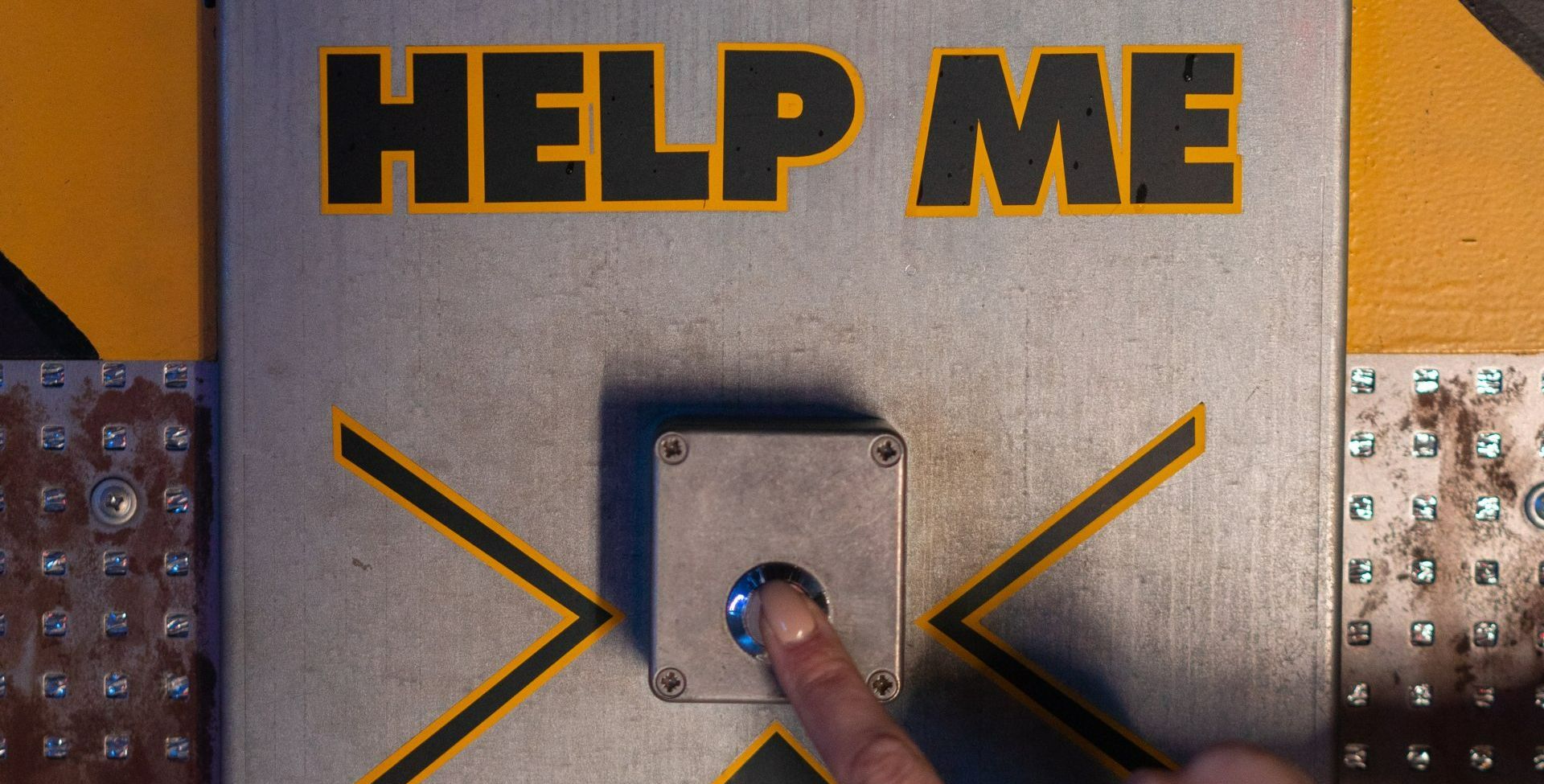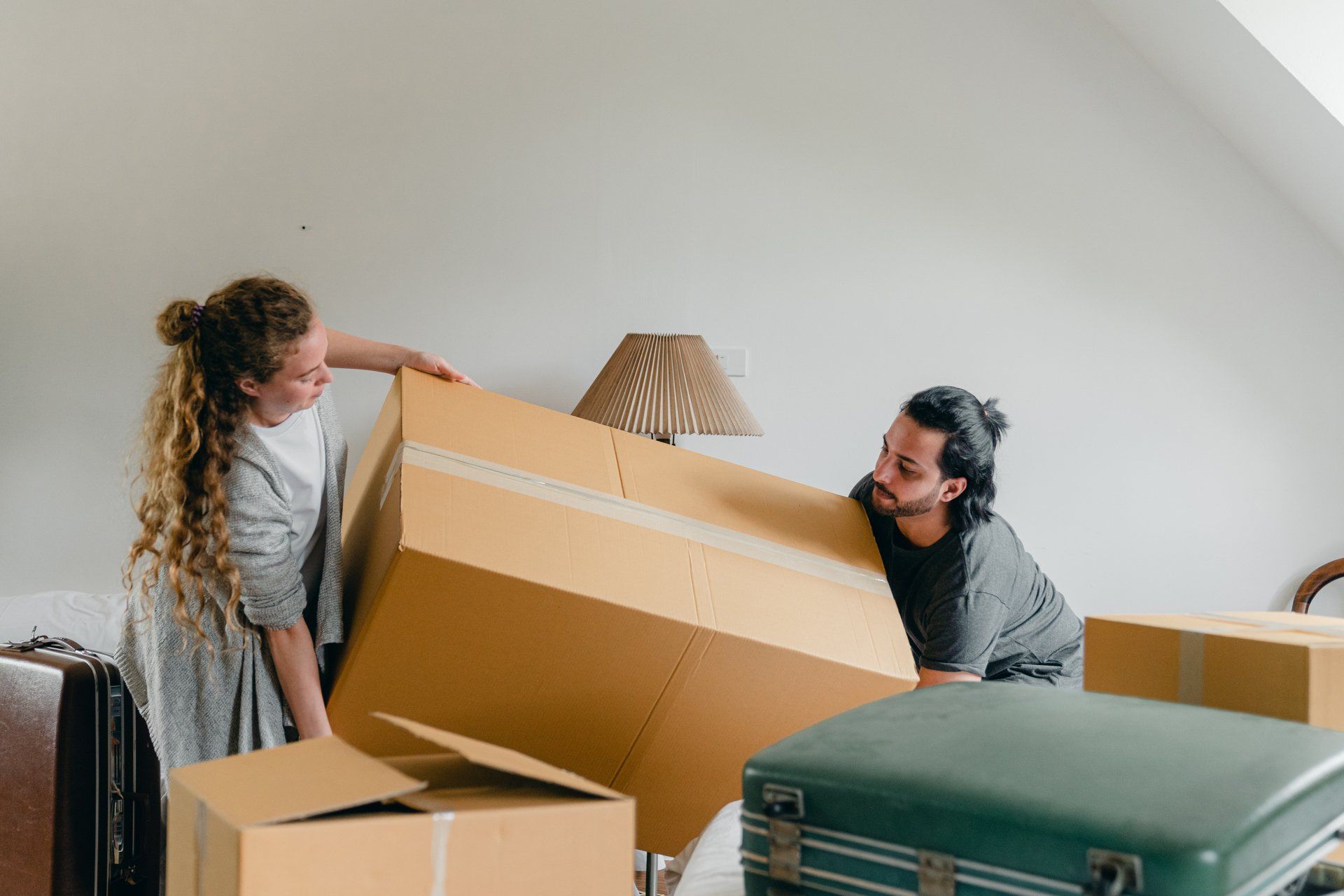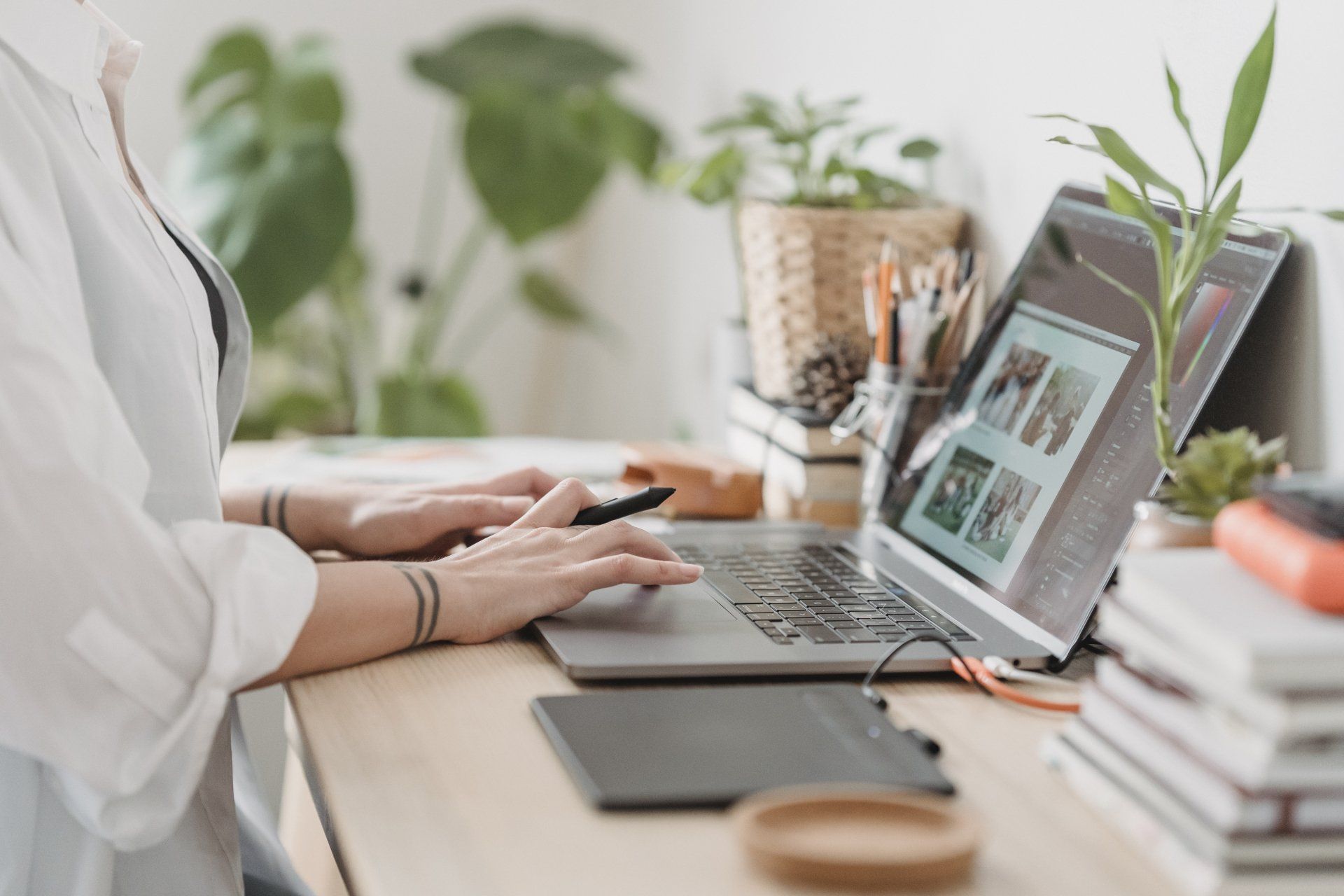Packing Fragile Items: Expert Moving Tips and Data-Backed Strategies
Packing fragile items properly during a move requires skill and strategy to ensure their safety. From delicate glassware to precious heirlooms, handling fragile possessions demands expert techniques and meticulous care. Using data-backed strategies and expert tips, this guide will provide you with comprehensive advice on how to pack your fragile items like a moving professional. With a focus on precise instructions, real-life examples, and proven methods, you'll soon master the art of packing fragile belongings with confidence and precision, making your next move a stress-free experience.
Introduction to Fragile Item Packing
The Importance of Proper Packing
Proper packing is critical when it comes to moving fragile items. It's not just about keeping your belongings intact; it's about ensuring they arrive in the same condition as when they left. A successful move is one where every item reaches its destination without damage. Fragile items are especially vulnerable to the bumps and jostles of transit, and the cost of inadequate packing can be high—not just in monetary terms, but also in terms of sentimental value. Memories associated with heirlooms or personal treasures can't be replaced. Effective packing reduces the risk of breakage, saving time and money on potential repairs or replacements. Additionally, it minimizes the stress that comes with unpacking damaged belongings. In essence, the importance of proper packing cannot be overstated—it is the foundation of a worry-free move.
Understanding Fragile Items
Fragile items are those that are easily broken or damaged. They often include items made from glass, ceramic, porcelain, or other delicate materials. But fragility isn't limited to material; it can also apply to items with sentimental value, antiques, or anything that's irreplaceable. To handle these items correctly, it’s crucial to recognize their vulnerabilities. Factors like shape, weight, and material composition can influence how an item should be packed. For instance, glassware requires different handling than a fragile electronic device. Furthermore, understanding the potential stresses during a move, such as temperature fluctuations, pressure, and impact, can help you determine the best way to protect your items. By recognizing the unique needs of each fragile item, you can apply specific packing techniques to safeguard them throughout the moving process. This understanding is the first step toward ensuring they survive the journey unscathed.
Pro Tips: Introduction
Before diving into the nuts and bolts of packing, let's establish some foundational pro tips. First, always take the time to plan. Assess the items you'll be packing and categorize them according to their fragility and size. Next, create an inventory. This will not only help you stay organized but also ensure that nothing is forgotten. When you start packing, do it in a clean, clutter-free space to avoid accidents. Allocate plenty of time for packing fragile items so you can handle them with care without feeling rushed. It's also wise to keep a first-aid kit nearby, as working with breakables can sometimes lead to cuts or scrapes. Lastly, remember to label boxes clearly as "FRAGILE" on multiple sides. This alerts anyone handling the boxes to exercise extra caution. These pro tips will set the foundation for the more detailed packing methods to come.
Essential Packing Materials
Importance of Quality Materials
Quality packing materials are the cornerstone of protecting fragile items during a move. The right materials act as a barrier against shocks and vibrations that occur in transit. When it comes to fragile items, not all packing materials are created equal. Using subpar materials can lead to breakages, even if items are packed carefully. High-quality materials, on the other hand, offer better cushioning and can absorb impacts more effectively. They are also less likely to tear or collapse under pressure. Investing in the right materials might seem like an additional expense, but it's cost-effective in the long run. It helps avoid the costs associated with replacing broken items or the disappointment of losing something irreplaceable. Remember, the goal is to give your valuables the best chance of arriving in the same condition they were in before the move.
Options for Fragile Item Packing
When selecting packing materials for fragile items, you have various options to consider. Bubble wrap is a popular choice due to its cushioning properties. It's ideal for wrapping individual items to prevent scratches and absorb shocks. Packing peanuts fill voids in boxes, keeping items from shifting during transport. They're especially useful for oddly shaped items that may not fit snugly in a box. Sturdy cardboard boxes of varying sizes are essential, as they provide the primary container for your items. For extra sensitive pieces, consider corrugated cardboard sheets for additional layering. Packing paper is another essential; it's great for wrapping and padding items to prevent them from rubbing against each other. Finally, high-quality packing tape is critical for securing boxes and ensuring they remain closed. It's worth noting that, when possible, choosing eco-friendly materials can help reduce the environmental impact of your move.
Best Practices in Material Selection
When choosing materials for packing fragile items, it's important to follow best practices to ensure maximum protection. Select boxes that are strong enough to hold the weight of the items without bending or collapsing. Size matters too; pick a box that fits the item snugly with enough room for adequate padding. For wrapping, use bubble wrap with the bubbles facing inwards to better absorb shocks. Layering is key – combine different materials such as foam sheets and packing paper for optimal protection. Use packing tape liberally to reinforce box bottoms and tops, and consider double-boxing for extremely fragile or valuable items. Always test your packing by gently shaking the box; there should be no movement inside. Adhering to these material selection best practices will give you peace of mind that your fragile items are well-protected throughout the moving process.
Techniques of Professional Movers
Proven Strategies in Fragile Item Packing
Professional movers employ proven strategies to ensure fragile items are packed securely. First, they emphasize the importance of wrapping each item individually. This provides a protective layer that prevents items from damaging each other. They often use a technique known as 'nesting,' where smaller items are wrapped and placed inside larger ones to save space and add protection. For extra delicate items, movers might use a double-box method, where one box is placed inside another with padding in between. They also pay special attention to the way items are placed in the box, ensuring heavier items are at the bottom and lighter ones on top to prevent crushing. Movers also make sure to pack boxes tightly with filler material to prevent any movement, as shifting during transit can lead to damage. By using these strategies, professional movers maximize the safety of fragile items during a move.
Case Studies of Effective Packing
Case studies of effective packing often highlight the successes of applying professional techniques in real-life scenarios. For instance, a moving company was tasked with transporting a collection of antique porcelain. By using custom-made crates lined with foam and securing the items with foam peanuts, they were able to move the collection without a single crack. Another example involves a tech company that had to ship sensitive equipment across the country. By using anti-static bubble wrap and structuring the boxes with corrugated inserts, the equipment arrived in pristine condition. These cases demonstrate the value of investing time and resources into proper packing methods. They prove that with the correct materials and techniques, even the most fragile items can survive the rigors of transportation unscathed. Learning from these successes can guide individuals and businesses in ensuring the safety of their delicate belongings during a move.
Common Mistakes to Avoid
In the process of packing fragile items, there are common pitfalls that can lead to damage. One of the most frequent mistakes is underestimating the amount of padding needed. Fragile items require ample cushioning to protect against shocks. Overloading boxes is another error; it's important to keep the weight manageable and not compromise the structural integrity of the box. Additionally, failing to seal boxes properly with durable tape can result in them opening during the move. It's also a mistake to leave space in boxes, as items can shift and collide, so always fill the gaps with packing material. Neglecting to label boxes as "Fragile" can lead to mishandling, and stacking these boxes beneath heavier ones is a sure way to cause damage. By avoiding these common mistakes, you significantly increase the chances of your fragile items arriving intact.
Detailed Step-by-Step Packing Guide
Preparing Your Fragile Items
The first step in preparing your fragile items for a move is to clean them. Dust and other residue can cause scratches during packing and moving. Once clean, disassemble any items that can be broken down. This makes them easier to pack and less likely to be damaged. Remove any loose parts or protrusions and pack them separately, clearly labeled to avoid confusion during reassembly. Take photos of complex setups before disassembling them; this will assist you in putting them back together at your new location. Gather all the necessary packing materials beforehand so you can work efficiently. Make an inventory list of all your fragile items, noting any existing damage. This will be useful for insurance purposes and to check the condition upon arrival. By methodically preparing your fragile items, you reduce the risk of damage during the move.
The Packing Process
The packing process for fragile items requires attention to detail. Begin by lining your boxes with a soft layer of packing material, such as bubble wrap or crumpled packing paper. Wrap each fragile item individually with sufficient padding, securing the wrap with tape if necessary. For extra protection, wrap items a second time with a thicker layer of bubble wrap. Place the heaviest items at the bottom of the box and fill any empty spaces with additional cushioning materials to prevent movement. Glasses and stemware should be packed with extra care, using cardboard dividers or packing them individually in small boxes before placing them into a larger box. Every layer of items in the box should be separated with a sheet of cardboard or extra padding. Once packed, give the box a gentle shake to ensure there's no movement. Seal the box securely with packing tape and label it as "Fragile."
Final Checks Before Moving
Once you've packed your fragile items, it's crucial to perform final checks before they are moved. Verify that each box is sealed tightly with packing tape, reinforcing the bottom and top seams for added security. Check the labels to ensure they clearly indicate the contents as "Fragile," and consider adding directional arrows to keep the boxes upright. It's also advisable to label which room each box should go into for an organized unpacking process.
Conduct a gentle shake test again to listen for any movement inside the boxes. If you hear items shifting, reopen the box and add more padding until everything is snug. Create a detailed inventory list with the contents of each box and the corresponding room destination. This will not only help with keeping track of your items but also streamline the unpacking process. Double-check that you have a clear path for moving the boxes to avoid any last-minute obstructions. With these final checks complete, you can be confident that your fragile items are ready for the move.
After Moving: Unpacking Fragile Items
Safely Unpacking Your Possessions
Unpacking fragile items safely is as important as packing them. Begin by choosing a clear space to work in, free from clutter that could cause accidents. Handle each box with care, especially those labeled as fragile. Open the boxes gently, using a box cutter or scissors, and be careful not to slice too deeply to avoid damaging the contents.
Remove the top layer of padding and take out items one at a time, starting with the topmost pieces. As you unpack, check each item against your inventory list to ensure everything has arrived and to assess its condition. Unwrap each item carefully, being mindful of sharp edges that may have been taped. Place the unpacked items on a soft, stable surface away from foot traffic. By proceeding with caution and organization, you can safely transition your fragile items from their packed state to their new home.
Inspecting Items and Dealing with Damages
After unpacking each fragile item, inspect it carefully for any signs of damage that may have occurred during the move. Compare the condition of each item with the photos you took during the preparation phase. If you find any damages, document them with photographs immediately. This documentation is crucial if you need to file an insurance claim.
If you hired a moving company, report any damages to them as soon as possible. Most companies have a limited time frame in which you can submit claims. Keep all your packing materials until the inspection process is complete, as some insurance policies require proof of proper packing.
For minor damages, you may be able to repair the item yourself or seek professional restoration services. Dealing with damages promptly and efficiently can mitigate the overall impact on your possessions and help you settle into your new space with as little stress as possible.
Proper Disposal of Used Packing Materials
Once you've finished unpacking, you'll be left with a significant amount of packing materials that need to be disposed of responsibly. Cardboard boxes can often be flattened and recycled, as can paper packing materials. Check with your local recycling service for specific guidelines. If your boxes are still in good condition, consider offering them to others who are moving or using them for storage.
Bubble wrap, foam peanuts, and plastic wrap may not be recyclable in your curbside pickup but check if local shipping stores can reuse them. Alternatively, look for specialized recycling programs that accept these materials. If you used biodegradable packing peanuts, they could be composted.
Avoid simply throwing materials away, as this contributes to landfill waste. Proper disposal of your packing materials not only helps the environment but also clears your new space of clutter, allowing you to enjoy your new home with a clear conscience.
Ready to move?
We’re here to help!
If you're planning a move and feel ready to take the next step, reach out to Makin Moves today. We're here to make your transition as smooth and stress-free as possible. Our dedicated team is ready to tailor our services to your unique needs and provide the support you need during this important stage of your life.
BUSINESS HOURS
Monday: 9AM - 7PM
Tuesday: 9AM - 7PM
Wednesday: 9AM - 7PM
Thursday: 9AM - 7PM
Friday: 9AM - 7PM
Saturday: 9AM - 7PM
Sunday: 9AM - 7PM











